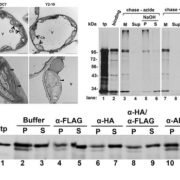
Identification of putative substrates of SEC2, a chloroplast inner envelope translocase
0 Comments
/
Chloroplasts have evolved from photosynthetic bacteria, and genes necessary for chloroplast function have moved from the chloroplast to the nuclear genome of the host eukaryotic cell. Proteins encoded by these genes are made in the cytosol and imported into the chloroplast using protein translocases. …
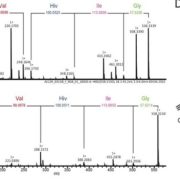
Exploring the chemical diversity and distribution of marine cyanobacteria and algae through mass spectrometry
Like plants, algae and cyanobacteria produce a dizzying array of largely unexplored natural products that can be used as medicines, in biotechnology and in agriculture. Luzzatto-Knaan et al. used mass spectrometry (MS) to explore chemical diversity from marine samples collected across space and time.…
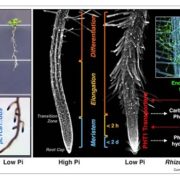
Review: Phosphate scouting by root tips ($)
Phosphate is both really important (think of its abundance in DNA, RNA, ATP, and membrane lipids), and really difficult to assimilate due to its insolubility and immobility in soil. Phosphate is frequently limiting for growth, meaning that it is widely applied as fertilizer, but global supplies of phosphate…
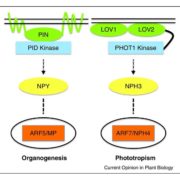
Review: Auxin perception and downstream events ($)
The mechanism by which auxin alters patters of transcription through TIR1s, ARFs and IAA proteins is well established, but less clear is our understanding of how rapid, non-transcriptional auxin responses occur. APB1 was implicated in non-transcriptional responses, but in the past few years evidence…
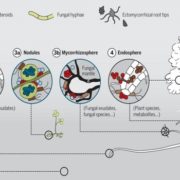
Review: Ancestral alliances: Plant mutualistic symbioses with fungi and bacteria ($)
Martin et al. have written a must-read review on the evolution of plant mutualistic symbioses and strategies through which hosts and microbes communicate and coordinate their activities. This review also covers the contributions of hormones in the formation of symbiotic tissues, and how the mutualistic…
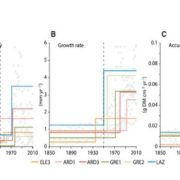
Widespread biological response to rapid warming on the Antarctic Peninsula
Amesbury et al. examined stratified cores from moss banks across the Antarctic Peninsula (AP) as a paleoclimate archive. They measured moss accumulation rate, growth rate, microbial productivity, and carbon-isotope discrimination (Δ13C, as a proxy for photosynthetic assimilation rate). Their data reveal…
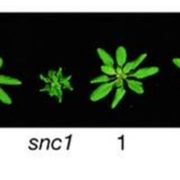
Global translational reprogramming of plant immune response, and engineering of disease resistance through regulated translation ($)
Plants fight back when pathogens attack, and in the first of a pair of papers Xu et al. have revealed a new insight into this response by demonstrating a significant translational upregulation of many defense-response mRNAs (10.1038/nature22371). Previously, this group showed that the translation of…
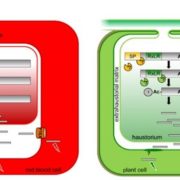
The RxLR motif of the Phytophthora infestans effector AVR3a is cleaved before secretion ($)
RxLR effectors are proteins secreted from pathogens that enter the cells of the host and support the effectiveness of the pathogen in various ways. Their name refers to the sequence RxLR (Arg-Xxx-Leu-Arg). Previously, this sequence has been thought to be involved the effector’s entry into the host…
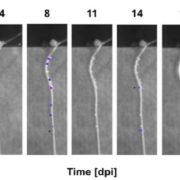
Bacterial biosensors for in vivo spatiotemporal mapping of root secretion
Biosensors are powerful tools that provide readouts for various small molecules so that they can be detected and located. Pini et al. have developed a set of biosensors for expression in bacteria (Rhizobium leguminosarum) that reveal some of the small molecules (including key sugars, polyols, organic…

